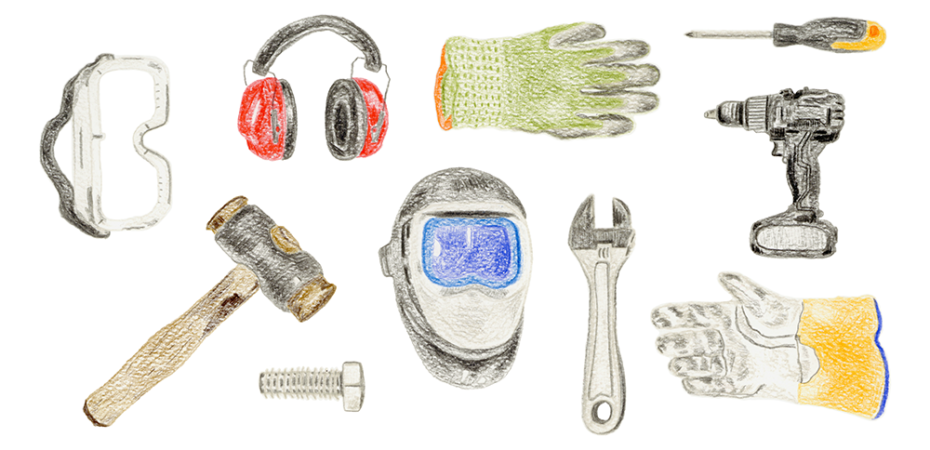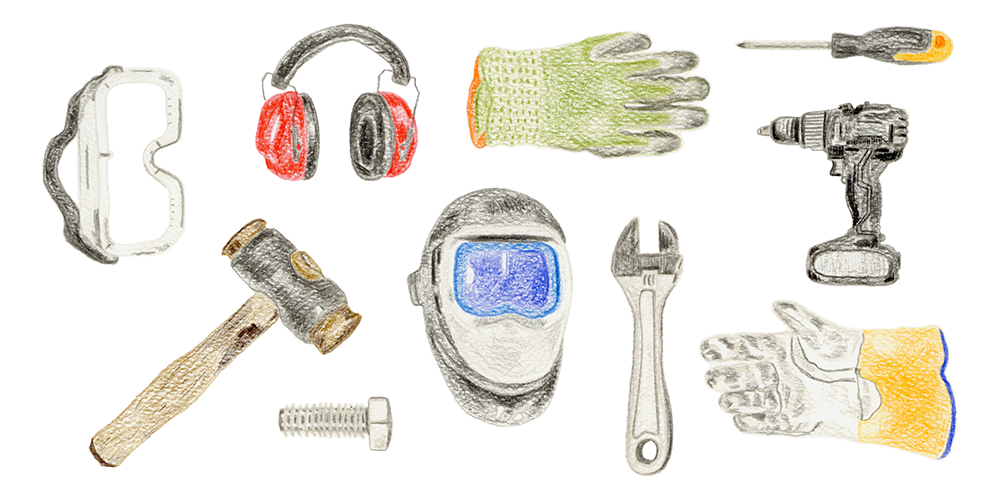
In this post, Catriona Gilbert describes how a holistic approach to technical engagement can engender a welcoming and inclusive space for all students. Catrionais a specialist technician in metalwork at Edinburgh College of Art. This post belongs to the Engaging and Empowering Learning: Celebrating Best Practices series.
When you think of metalworking, you might picture heat, flames, sparks, noise and heavy machinery. There’s a certain mystique around working with it – I’m met with ‘oohs’ and ‘ahhs’ from colleagues in other schools when I describe my job, or talk about the sort of thing that goes on in my workshop on an average day (if such a thing exists). “That sounds dangerous!” is a refrain I hear a lot– but unfortunately it’s this common view of the metal workshop that can limit a student’s willingness to come and try something new – to talk to a technician and begin to develop their own skills.
The metal workshop sits within ITTS (Information Technology and Technical Services) at Edinburgh College of Art – and it’s our team who provide the direct technical support to all of ECA’s students across the schools of Art, Design, ESALA (Edinburgh School of Architecture and Landscape Architecture) and the Reid School of Music. I have colleagues working in glass, textiles, woodwork, film and television, casting, printmaking, photography and many more areas – all aspects of making and producing physical and digital work that might be of interest to a fledgling creative looking to gain technical skills. The metal workshop is where students can come to work with metal (surprise surprise!). Steel, primarily, but also aluminium, bronze, copper, brass – the list goes on.
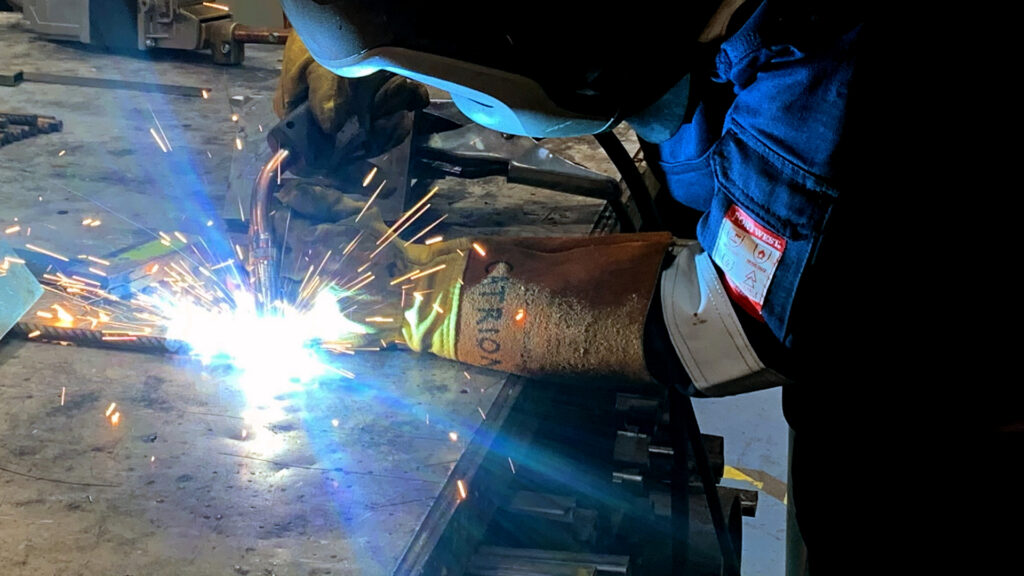
Metalworking can be intimidating to the average first year student – the machinery and processes may be unfamiliar and industrial compared to what they might have used before at school or college, and there is an idea that it’s a difficult or challenging material to work with, when actually, working with metal can be very straightforward and beginner-friendly. Steel especially is soft, bendable and biddable, easy to weld, fun to heat up and bash with a hammer – who wouldn’t want to give it a go? But maybe I’m showing my bias!
I’ve been the specialist technician in the metal workshop for five years, and my aim from the very beginning has been to demystify it – make it a welcoming, friendly, open place to work, without compromising on health and safety, and in fact by strengthening and bedding in safe working practices from the start. Over the past few years, I’ve streamlined the workshop induction process so that it’s less intensive and machinery focused – more access and safety focused, with time devoted to breaking down how to understand basic safety signage, what terms like PPE (Personal Protective Equipment) mean and how and when such items should be used, as well as starting to encourage students to become better workshop users – respecting the space, the machinery and the technical staff.
I feel that taking a holistic approach to technical engagement starts with meeting students at an appropriate level and not bombarding them with too much information immediately. Instead, I give them the tools to understand how to safely engage with spaces that might contain higher risk equipment or processes, listen to their own innate sense of risk assessment, and encourage them to feel comfortable asking questions. Giving them that agency encourages this from the ground up, and gives them the confidence to engage fully and safely.
Workshop tour groups are a simple but very effective way of providing an in-person, casual introduction to spaces and technicians, and these (run like clockwork by ITTS colleagues in welcome week and beyond) have been invaluable in beginning to break down the barrier – the first step is crossing the threshold.
I never wanted the metal workshop to become a closed-off, exclusive space, available only to those students who specifically wanted to seek out or push for access. I worked with a colleague in reprographics to create introductory videos to several pieces of equipment, so that students can familiarise themselves with pieces of machinery before they come to work here. I’ve created an Instagram page for the workshop and advertise it widely (@eca_metalwork) for those who might be interested in seeing past workshop projects, for ideas and inspiration about what might be possible. I have information about machinery, processes, opening hours and inductions available online, with physical QR codes printed in the workshop to enable students to easily access written information – I’m aware that the induction process can be overwhelming and I want to ensure that as much information as possible is also available to access afterwards – this can also be helpful for students who have English as a second or even third language, for whom quick inductions in noisy spaces (with a Scottish accent!) can be challenging.
It can sometimes feel like an uphill battle to convince students that workshop technicians aren’t just the intimidating gatekeepers of scary machinery; what we really want is to be available to offer help and support for all users to build their own skills and confidence, without direct academic pressure. The more students feel comfortable coming to engage with workshops early in the making process, the easier it is for us to help them develop into comfortable, competent workshop users who are able to self-direct and gain the skills they need to begin to work independently, supported by technical staff.
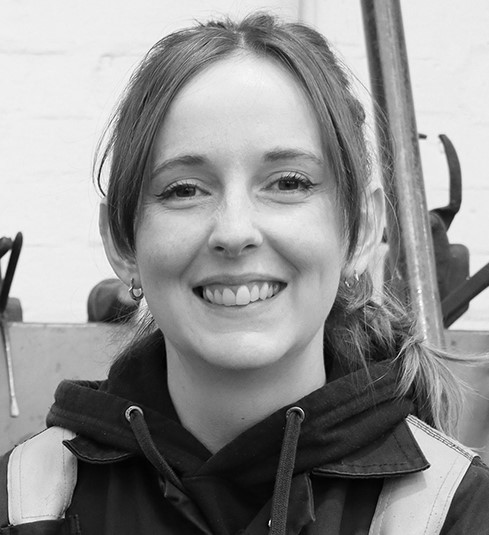 Catriona Gilbert
Catriona Gilbert
Catriona Gilbert is a specialist technician in metalwork at Edinburgh College of Art. A graduate in Sculpture from ECA, she has ten years of experience as a workshop technician within the college, with a broad range of technical skills covering all aspects of cutting, forming and joining metal.
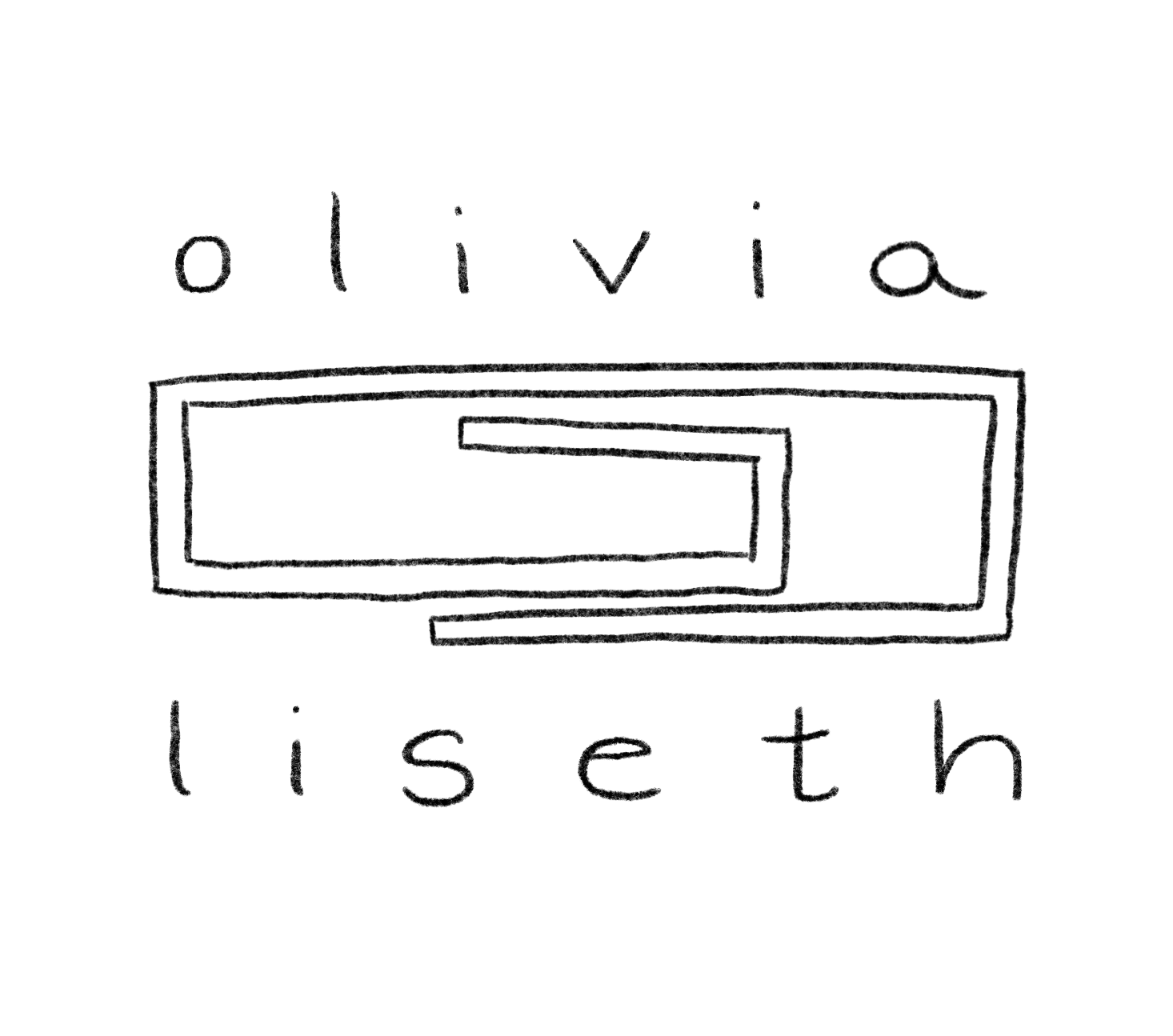 Olivia Liseth
Olivia Liseth
Olivia Liseth is as an illustration student at the Edinburgh College of Art. She is a professional illustrator from Norway who’s passionate about connecting with people through her work, as well as opening up conversations on wellbeing, healing and noticing the beauty in the everyday. You can find her at olivialiseth.com or on Instagram @olivialiseth_art.

